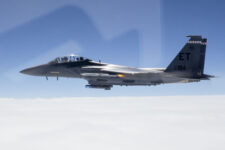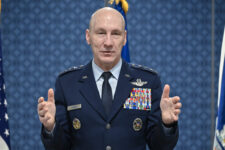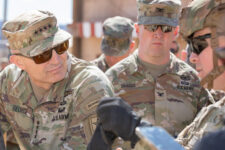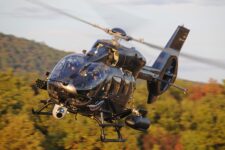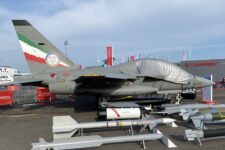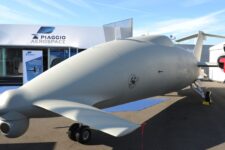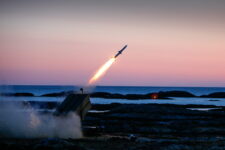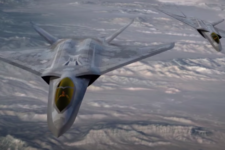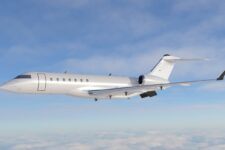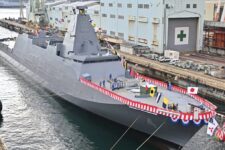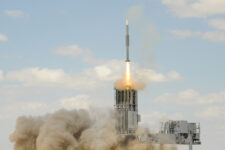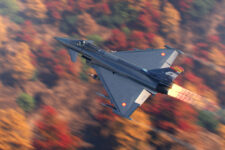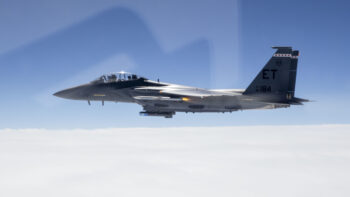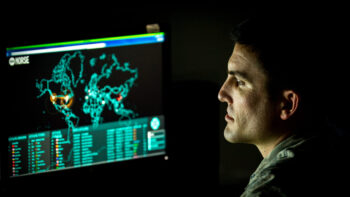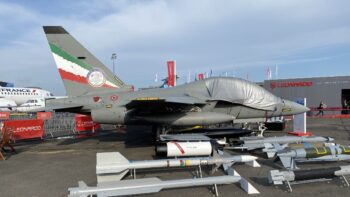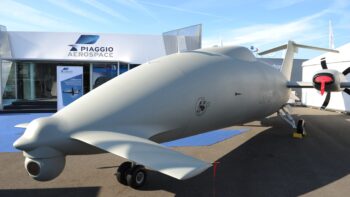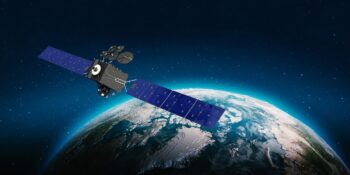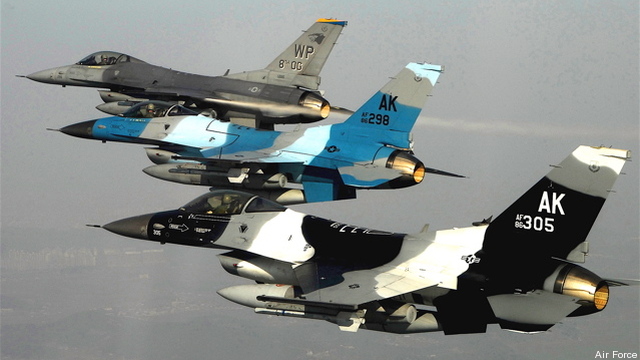 CAPITOL HILL: For months now, Pentagon and service officials have said it will need all the help it can get from its international partners, as the department begins its swing from Southwest Asia to the Western Pacific. But that help won’t include outfitting the South Korean air force with a key, U.S.-built radar system.
CAPITOL HILL: For months now, Pentagon and service officials have said it will need all the help it can get from its international partners, as the department begins its swing from Southwest Asia to the Western Pacific. But that help won’t include outfitting the South Korean air force with a key, U.S.-built radar system.
Pacific Command chief Adm. Robert Willard stopped short of agreeing to equip South Korea’s fleet of F-16 fighters with the next-generation Active Electronically Scanned Array radar, which allows U.S. warplanes to track multiple targets during flight. The F-35 Joint Strike Fighter is expected to receive the new Northrop Grumman-built radar. Aside from tracking multiple targets, the AESA can also be used for electronic warfare and intelligence and surveillance operations. And therein lies the problem. Handing over that kind of capability to a foreign military, even an ally like South Korea, is something that PACOM, the Air Force or the Defense Department is not ready to do.
Senate Armed Services Committee member Roger Wicker pressed Willard on the issue during today’s hearing on the command’s fiscal 2013 budget proposal. Given the intense focus DoD has put on the Western Pacific, handing over critical weapons technologies — like the AESA — to America’s allies in the region would only make sense, Wicker said. In response, Willard said air dominance would be vital in pursuing U.S. interests in the Pacific. Further, the U.S. should help allies like South Korea expand their military forces. And that is where the four-star admiral stopped. When Reed again brought up the issue of AESA, Willard remained non-committal, but did tell the committee Seoul was not “the first country we’ve had this discussion with.” Willard’s comments come months after South Korea scuttled a potential buy of Air Force Global Hawks. Seoul backed away from the deal, claiming U.S. negotiators were gouging the price for the planes.
As the services and DoD establish a foothold in the Pacific, they will have no choice but to lean upon regional allies to keep the effort up — especially in light of the extreme budget pressures the Pentagon is under. But until department officials and combat commanders can get over the fact that depending on allies means sharing sensitive weapons tech, things will only become more difficult for U.S. military planners.
State approves $3.64B sale to Japan of air-to-air missiles
The possible sale of the RTX-made AMRAAMs includes up to 1,200 missiles.
